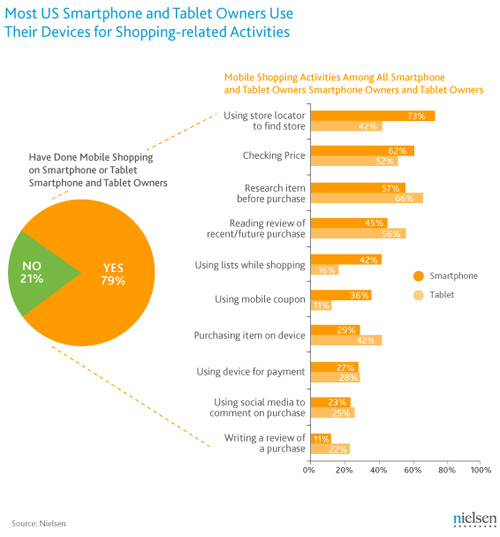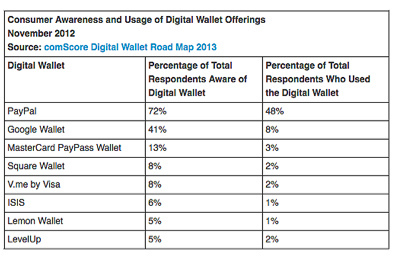eBay Inc. placed a very big bet on mobile technology five years ago, and the bet is paying off. The company is a recognized innovator in the mobile shopping and payments arenas, and continues to build out its mobile offerings around the world. Its mobile apps are transforming consumer experiences and driving eBay Inc.’s global commerce leadership.
There are good reasons to believe, though, that the real renaissance for mobile shopping and payments lies ahead. For example, Morgan Stanley Research recently noted that individual users are gravitating toward multiple mobile devices, and shifting their shopping patterns as they do so. Newer mobile platforms are also growing much faster than established ones, while Statcounter reports that global mobile traffic is only 13 percent of total Internet traffic, up from just one percent three years ago.
eBay Inc.’s leadership in mobile technology has translated into a staggering surge in mobile shopping and payment volume. Consider the numbers:
PayPal handled nearly $14 billion in mobile payment volume in 2012, more than tripling the volume from 2011.
eBay expects its mobile payment volume to exceed $20 billion this year, up from $13 billion last year.
Shifting Shopping Patterns
Shoppers aren’t just shopping and paying more on mobile devices — they are shopping and paying in new ways with mobile devices. eBay Inc.’s mobile strategy, focused as it is on innovation, builds on these emerging patterns.
In Silicon Valley, Kleiner Perkins venture partner Mary Meeker is widely followed for her insights on the growth trajectory of mobile technology. At the end of 2012, she gave a presentation at Stanford University (online slides are available), where she covered many of the most important trends driving growth and change in mobile shopping.
Meeker noted that Morgan Stanley Researchers predict that billions of mobile subscribers without smartphones will convert to them around the world in the next several years, and she noted that Pew Research Center reports that 29 percent of U.S. adults own a tablet device, up from two percent less than three years ago.
For a glimpse at how shopping patterns are changing, consider this striking graphical summary of data from Nielsen’s mobile research, as of Dec. 2012:

eBay Inc.’s mobile shopping and payments strategy responds to changing consumer expectations among today’s mobile shoppers. For example, the company’s mobile apps anticipate and cater to “showrooming,” which has even earned its own Wikipedia entry: “The practice of examining merchandise in a traditional brick-and-mortar retail store, then shopping online to buy it at a lower price.” RedLaser is just one of eBay Inc.’s mobile apps that is ideal for this type of mobile shopping.
Meanwhile, PayPal is playing a leadership role in the rapidly growing digital wallet space. VentureBeat recently ran a story on findings from comScore’s recently released Digital Wallet Report. The following table shows comScore’s findings from its survey of more than 2,000 U.S. Internet users:

Clearly, the comScore findings show that PayPal has a pronounced lead over competitors in both digital wallet awareness and usage. In 2013, PayPal will become a popular point-of-sale payment choice at many new retailers.
Will the next big mobile trend be ordering products by mobile phone and receiving them one hour later, no mater where the shopper is? The eBay Now service is already catering to that trend and recently expanded into San Jose after successful pilot tests in San Francisco and New York.
In all likelihood, the next five years will bring numerous new types of mobile shopping behaviors, and the key to success for mobile technology competitors will be to keep innovating and experimenting. Mobile shopping and payments will grow substantially over that time frame, and eBay Inc. is poised to deliver by aggressively investing in mobile innovation.
